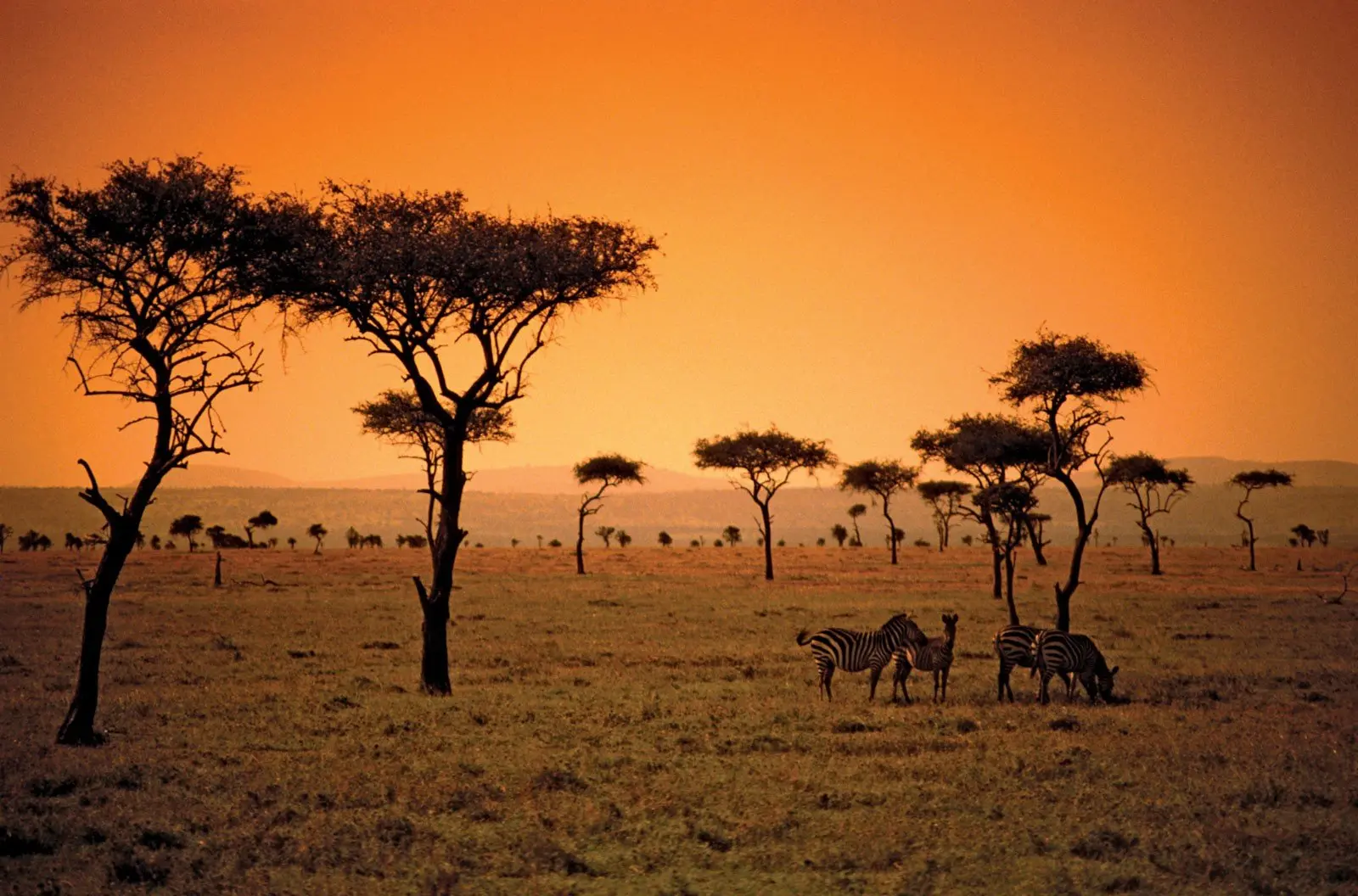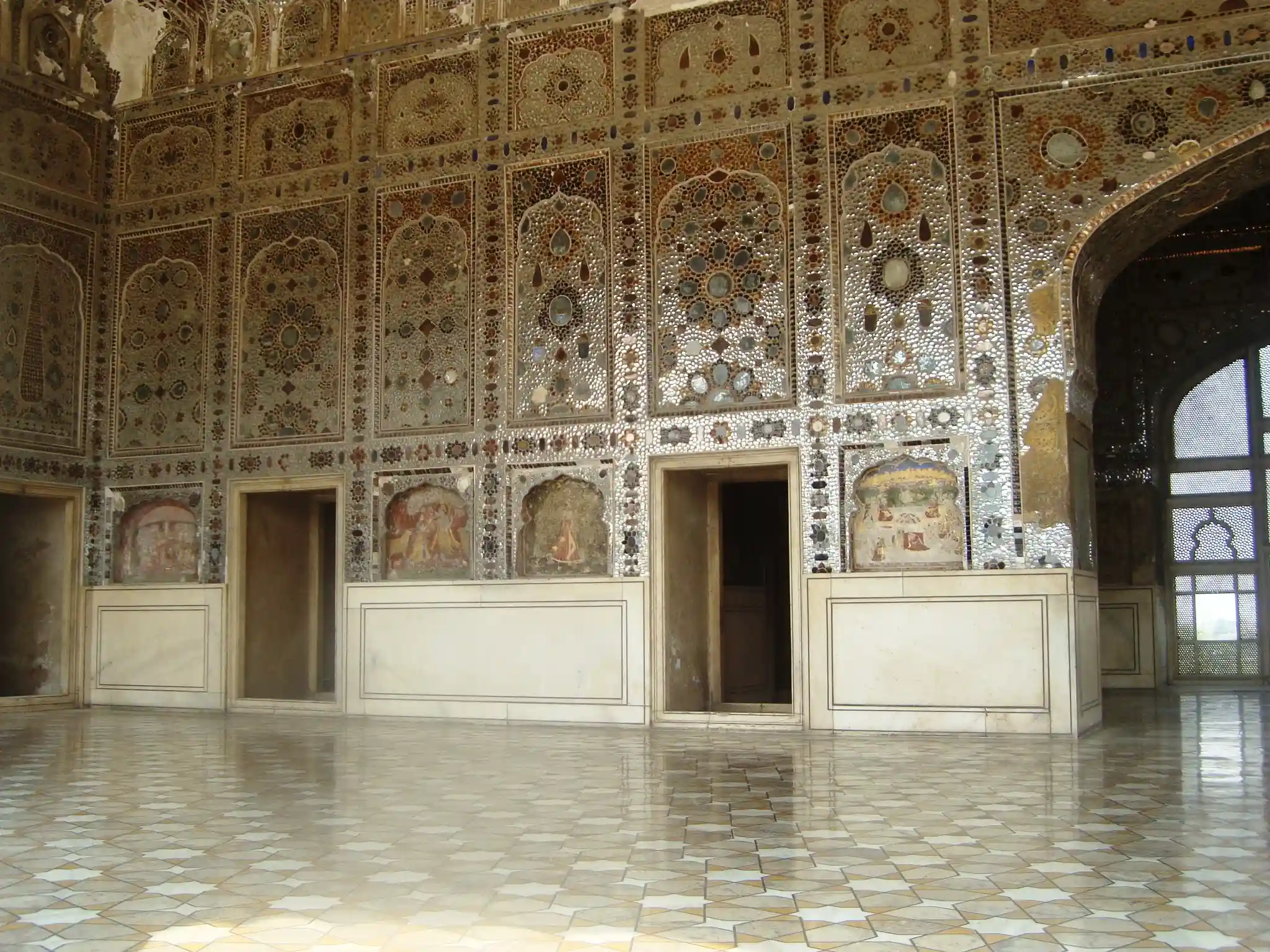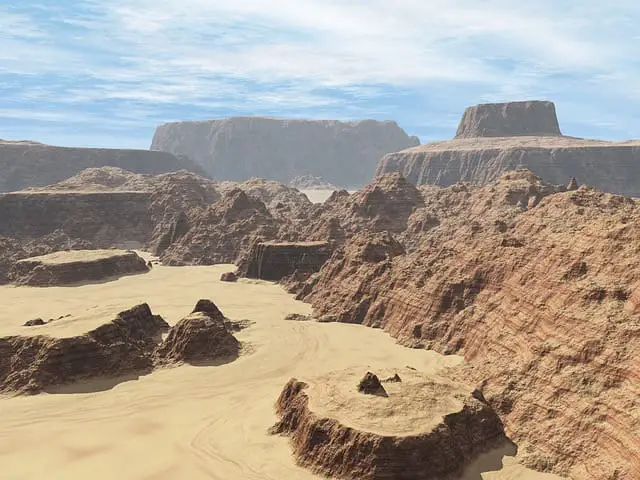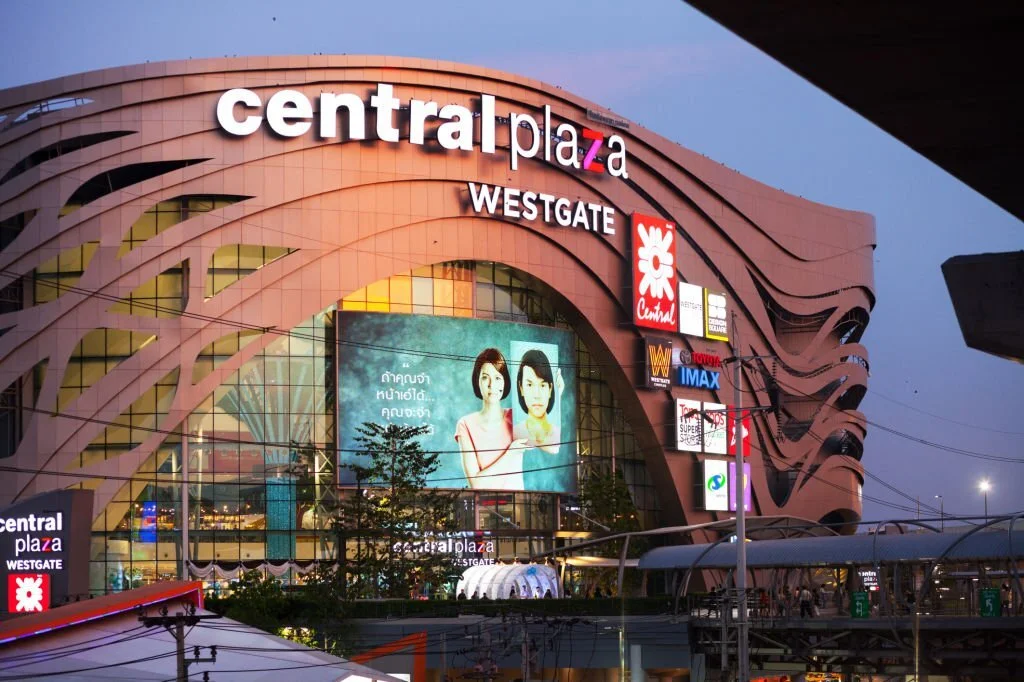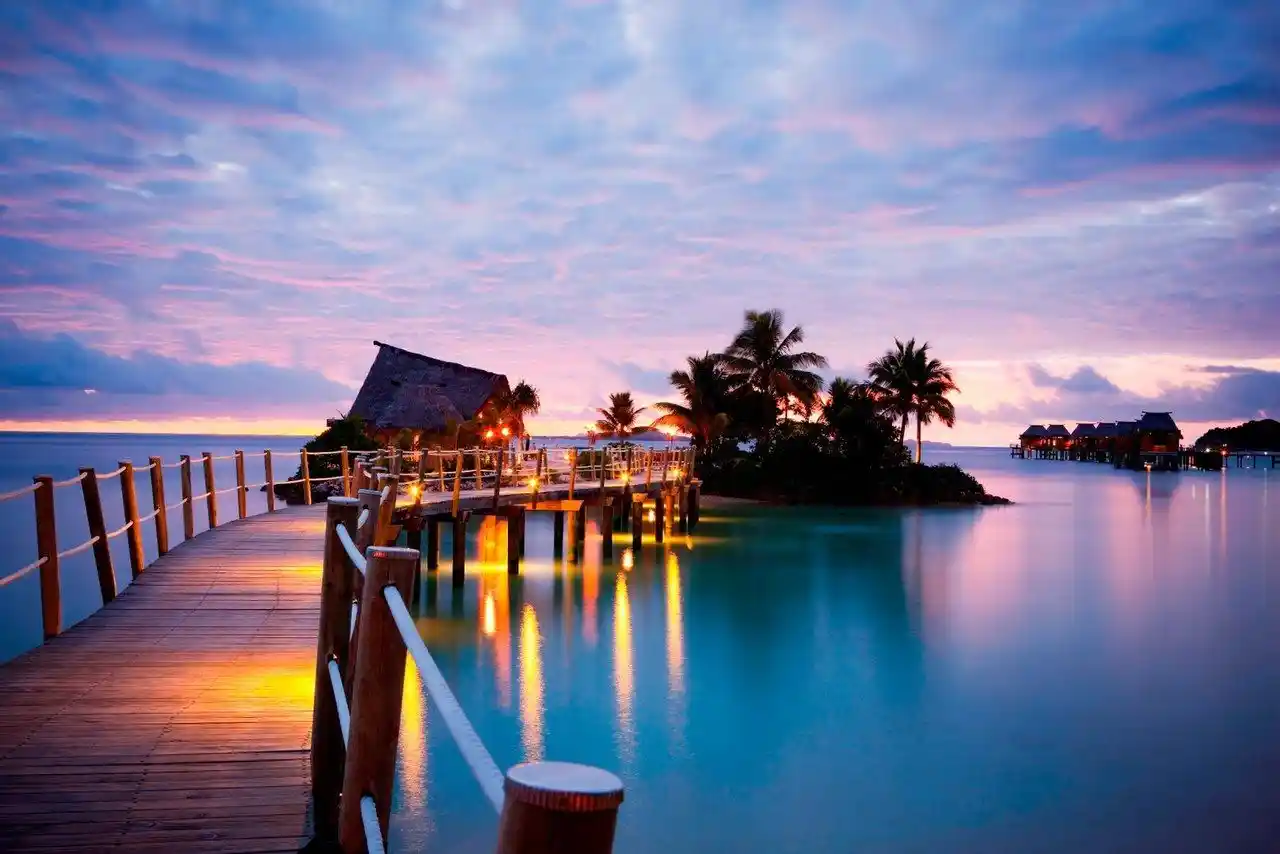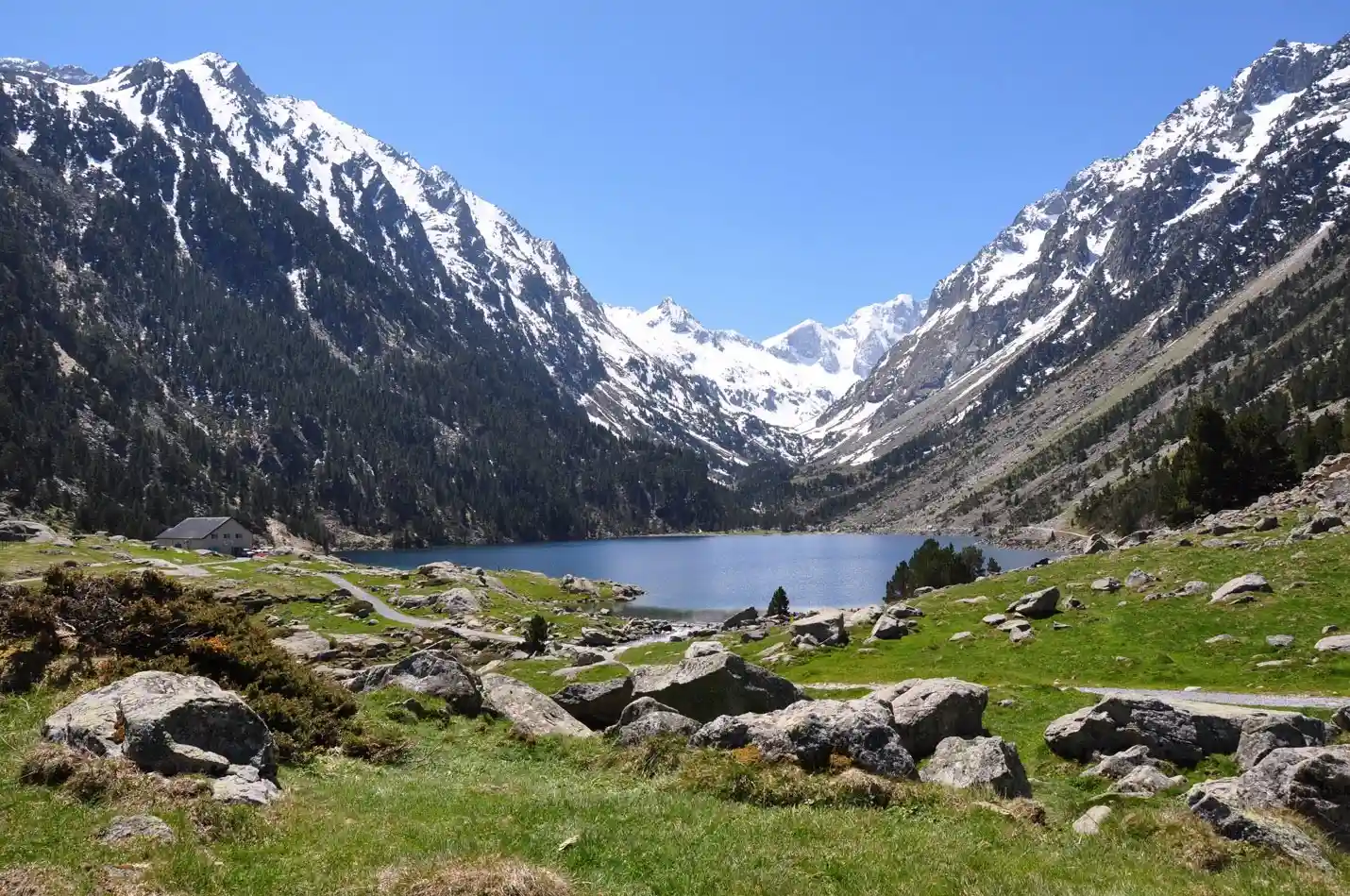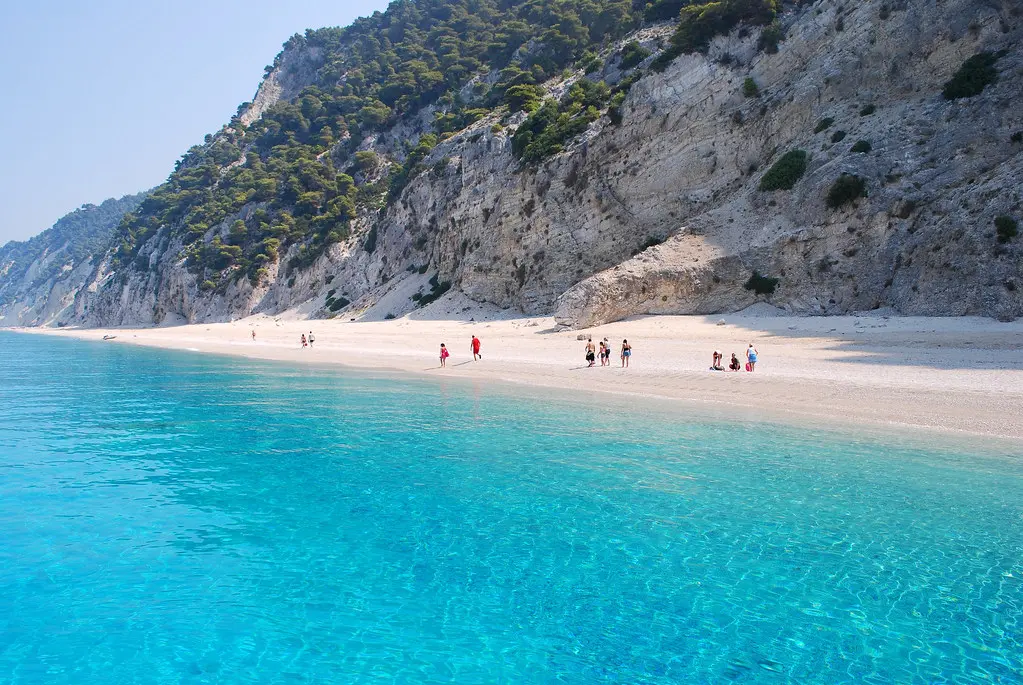The Kheerganga Trek is one of the most popular trekking routes in Himachal Pradesh, India, and for a good reason. Located in the mesmerizing Parvati Valley, this trek offers a perfect blend of adventure, nature, and spirituality. The trek is suitable for beginners, making it a perfect introduction to Himalayan trekking. It is characterized by lush green meadows, pristine rivers, alpine forests, and panoramic views of snow-covered peaks. And to top it off, the trek leads you to the holy site of Kheerganga, where you can relax and rejuvenate in natural hot springs, making it a spiritual as well as physical journey.
Here’s a detailed guide to everything you need to know before embarking on the Kheerganga Trek.
1. Overview of Kheerganga Trek
- Altitude: 3050 meters (10,010 feet) above sea level
- Distance: Approximately 12 km (one way)
- Duration: 2-3 days
- Difficulty Level: Easy to Moderate
- Starting Point: Barshaini, a small village in Parvati Valley
- Ending Point: Kheerganga
- Best Time to Visit: May to October (for clear skies and pleasant temperatures)
- Seasonal Variations: Winter (December-February) offers snow, while monsoon (June-September) is to be avoided due to slippery trails and potential landslides.
The trek takes you through beautiful forests, rivers, quaint villages, and rugged terrains before finally reaching Kheerganga. The journey offers an unforgettable experience of trekking in the Himalayas while being surrounded by breathtaking natural beauty.
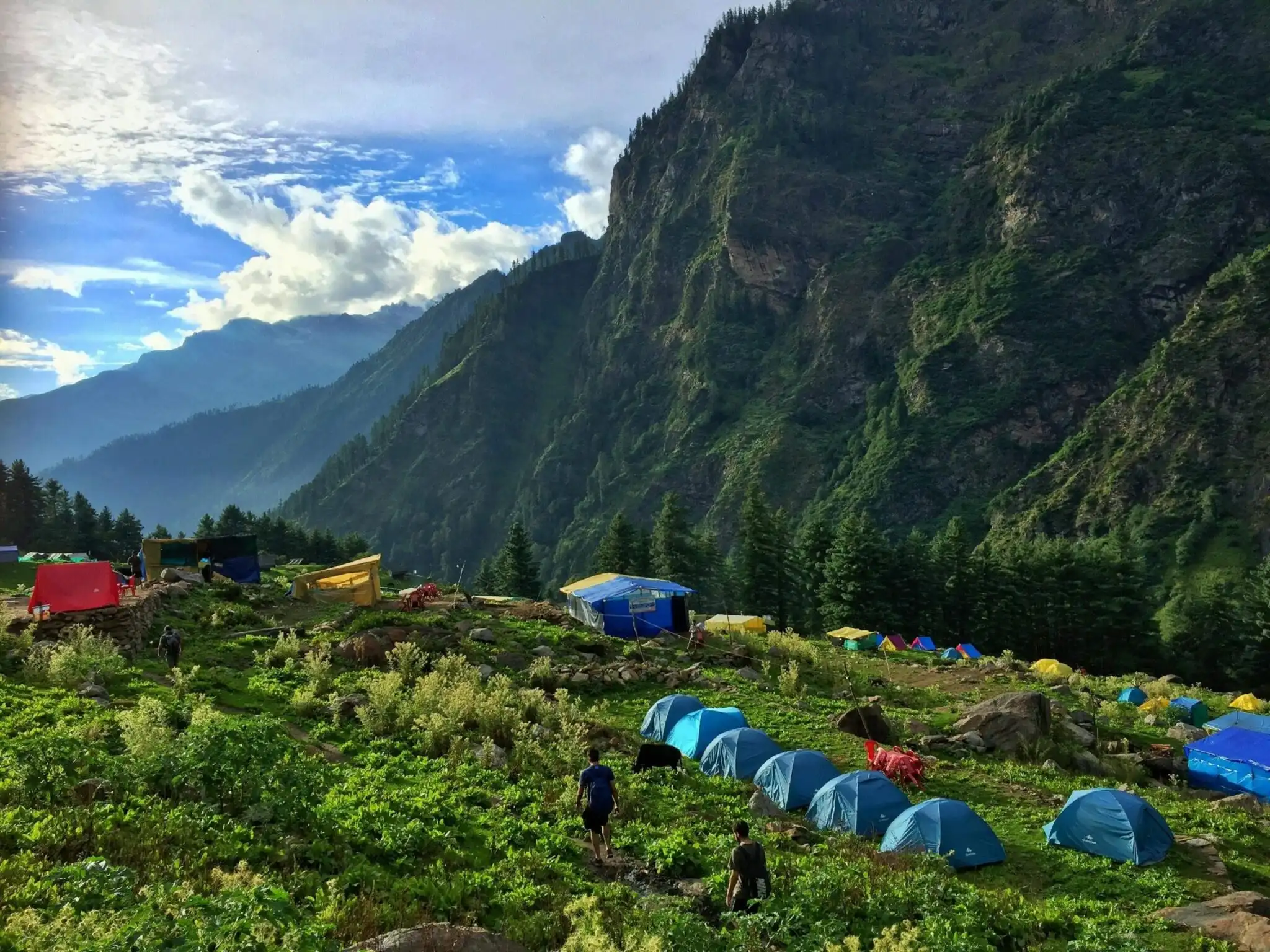
2. How to Reach Kheerganga
By Road
- From Delhi: The most convenient way to reach the Kheerganga Trek’s base is by taking a bus or taxi from Delhi to Bhuntar, which is the nearest major town (approx. 12-14 hours by road). From Bhuntar, you can take a taxi to Kasol, a popular town, and then another taxi to Barshaini, the starting point of the trek (approx. 2-3 hours).
- From Kasol: If you are already in Kasol, you can take a local bus or taxi to Barshaini. Barshaini is a small village from where the actual trek begins.
By Air
- The nearest airport is in Bhuntar, about 31 km from Kasol. From there, you can take a taxi or local transport to reach Barshaini.
By Train
- There is no direct rail service to Kasol or Barshaini. The nearest railway station is Joginder Nagar (approximately 120 km from Kasol). From there, you can hire a taxi to Kasol and further to Barshaini.
3. Best Time to Visit Kheerganga
The best time to trek Kheerganga is between May and October when the weather is pleasant, and the conditions are perfect for hiking. However, each season offers a different experience:
- Summer (March to June): This is the ideal season for beginners. The weather is comfortable with temperatures ranging between 15°C and 20°C, and the days are sunny and clear, offering spectacular views of the surrounding peaks. The meadows are lush green, and the temperature is ideal for a long hike.
- Monsoon (July to September): The monsoon season should be avoided due to the slippery trails, constant rain, and the risk of landslides. The path becomes muddy and treacherous, and visibility can be poor due to clouds.
- Winter (October to February): For those seeking a snowy adventure, the winter months can be an option. The snow-covered landscapes are beautiful, but the temperatures can drop below freezing, and the trail can become extremely challenging, especially for beginners. Only experienced trekkers should consider this season.

4. The Kheerganga Trek Trail: Detailed Day-by-Day Guide
Day 1: Barshaini to Kheerganga (12 km)
- Distance: 12 km (one way)
- Duration: 5-7 hours
- Elevation Gain: 1,050 meters (3,445 feet)
- Difficulty: Easy to Moderate
The trek begins at Barshaini, a picturesque village, where the road ends. The first few kilometers of the trail are gentle and follow the Parvati River. The path takes you through dense forests of deodar, oak, and pine trees. The river is an essential companion throughout the trek, and you will frequently cross bridges made of wood or metal.
Key Stopovers:
- Tunda Bhuj (approx. 6 km from Barshaini): A scenic village where trekkers often take their first rest. The village has several local tea stalls and small shops where you can buy snacks.
- Rudra Nag Waterfall (approx. 9 km): This is one of the most scenic spots on the trek, a stunning waterfall named after Lord Shiva. It’s a good place to stop and take photos.
As you continue, the gradient becomes steeper, and the forest starts thinning, revealing meadows and spectacular views of the snow-capped peaks of the Himalayas. After several hours of hiking, you’ll reach the Kheerganga campsite, a beautiful meadow located at an altitude of 3,050 meters.
Upon arrival, you can relax in the natural hot springs, which are one of the highlights of the trek. The warm waters of the spring are believed to have therapeutic properties and provide relief to tired muscles. After enjoying a hot spring bath, you can spend the night in one of the local campsites or guesthouses.
Day 2: Explore Kheerganga & Return to Barshaini
After spending the night at Kheerganga, take some time to explore the serene environment. You can visit the Lord Shiva Temple, which holds spiritual significance, or hike to the Kheerganga Viewpoint for a stunning panoramic view of the Parvati Valley and surrounding peaks.
You can also meditate, do some yoga, or relax by the hot spring.
Return Journey: The return journey is faster, taking around 4-5 hours. The descent is less strenuous, but be careful on the slippery sections of the trail.
5. What to Carry for the Kheerganga Trek
Since the Kheerganga Trek is a relatively easy and beginner-friendly trek, you don’t need highly specialized equipment. However, having the right gear will make your trek more comfortable and enjoyable. Here’s a checklist of essential items:
- Backpack: A small, comfortable daypack (20-30 liters) to carry your essentials.
- Trekking Shoes: A good pair of trekking shoes with ankle support and proper grip for the rocky and uneven terrain.
- Clothing:
- Lightweight and moisture-wicking clothes for trekking (quick-dry T-shirts, pants, and a hat for sun protection).
- Layered clothing for warmth (light jacket, fleece, or sweater).
- Waterproof jacket or poncho to protect yourself from rain.
- Water: A refillable water bottle or hydration pack to stay hydrated.
- Snacks: Energy bars, dry fruits, and chocolate to keep your energy levels up on the trail.
- First Aid Kit: Include basic medication for headaches, muscle pain, and altitude sickness.
- Sunscreen: To protect your skin from sunburn.
- Camera: To capture the stunning landscapes.
- Trekking Poles (Optional): To help reduce the strain on your knees during the descent.
6. Things to Do in Kheerganga
Kheerganga is not just about trekking; it’s about connecting with nature and rejuvenating your body and mind. Here are a few things you can do during your time in Kheerganga:
- Hot Spring Bath: The hot spring is a major attraction. It is located near the Kheerganga temple and offers a relaxing soak after the trek.
- Meditation and Yoga: The serene atmosphere makes it an ideal location for meditation or practicing yoga, helping you unwind amidst nature.
- Explore Kheerganga Temple: The ancient temple dedicated to Lord Shiva is an important spiritual site. It is an excellent place for reflection.
- Photography: The valley and its surrounding peaks offer some of the most stunning landscapes in Himachal Pradesh. Don’t forget to take pictures!
7. Tips for Beginners
- Acclimatize: Although Kheerganga isn’t extremely high, it’s still essential to take breaks and acclimatize, especially if you’re coming from lower altitudes.
- Stay Hydrated: Drink plenty of water throughout the trek. Dehydration can cause fatigue and altitude sickness.
- Take It Slow: Don’t rush, especially on the steep sections. Take regular breaks to avoid fatigue and muscle strain.
- Group Trekking: If you’re a beginner, it’s better to go with a group or hire a local guide for safety and assistance.
- Prepare for the Weather: The weather in the mountains can change quickly. Carry warm clothing even during the summer months, and pack a rain cover for sudden showers.
- Leave No Trace: Always follow responsible trekking practices. Dispose of trash properly and avoid disturbing the natural surroundings.
8. Challenges of the Trek
While the Kheerganga Trek is relatively easy, it is important to be prepared for the challenges that might arise during your trek:
- Steep Sections: The last stretch of the trail is steeper, requiring more effort. Keep a slow pace and take breaks if needed.
- Altitude: While the altitude isn’t extreme, some trekkers may feel mild altitude sickness symptoms. Drink plenty of water and give your body time to acclimatize.
- Slippery Trails: The terrain can be slippery, especially after rain. Be cautious while descending.
- Weather Variability: The weather in the mountains can be unpredictable, so always be prepared for sudden changes, such as rain or cold winds.
Conclusion
The Kheerganga Trek is a perfect blend of adventure, spirituality, and natural beauty. Whether you’re a beginner or an experienced trekker, this trek offers an unforgettable experience with its scenic landscapes, the therapeutic hot spring, and the peaceful environment. By following this comprehensive guide, you’ll be well-prepared to embark on your journey to Kheerganga, ensuring a safe and rewarding trek.
FAQs for Kheerganga Trek
1. Is the Kheerganga Trek suitable for beginners?
Yes, the Kheerganga Trek is perfect for beginners. It’s classified as an easy to moderate trek, with well-marked trails and a manageable distance. While some parts are steep, they are not too difficult to handle for first-time trekkers. The trek also offers a great opportunity to get acclimatized to Himalayan trekking.
2. How long does it take to complete the Kheerganga Trek?
The Kheerganga Trek generally takes 2 days to complete. On the first day, you trek from Barshaini to Kheerganga (around 12 km), and on the second day, you return to Barshaini. The trek typically takes 5-7 hours each way depending on your pace and breaks.
3. What is the best time to do the Kheerganga Trek?
The ideal time to trek Kheerganga is during the summer months (March to June) and post-monsoon (September to October) when the weather is pleasant and the trails are clear. Winter (November to February) is perfect for those seeking snow, but the trail can be quite challenging for beginners. Monsoon (July to September) should be avoided due to slippery paths and a risk of landslides.
4. What should I carry on the Kheerganga Trek?
Here’s a quick checklist of essential items to carry:
- Trekking shoes with good grip
- Backpack (20-30L) to carry essentials
- Clothing for different weather conditions (light layers for warm days, warm layers for nights)
- Sunscreen and sunglasses
- Water bottle and hydration system
- Snacks like energy bars and dry fruits
- First-aid kit (including basic medications)
- Rain jacket (if trekking in the rainy season)
- Camera to capture the scenic beauty
5. Is there food and accommodation available on the trek?
Yes, you’ll find basic food stalls and campsites along the trail, especially at Tunda Bhuj and Rudra Nag. At Kheerganga, there are several small guesthouses, campsites, and eateries where you can get food like maggi, tea, rice, parathas, and more. There are no luxury hotels, but basic amenities like hot food and simple accommodations are available.
6. Can I take children or elderly people on the Kheerganga Trek?
Although the trek is beginner-friendly, it may not be suitable for very young children or the elderly, especially those who are not accustomed to hiking or have medical conditions. The steep sections of the trek can be strenuous, so it’s essential to assess your physical condition before taking along children or elderly companions.
7. How can I reach the starting point of the trek (Barshaini)?
- By Road: From Delhi, you can take a bus or taxi to Bhuntar (12-14 hours). From there, take another taxi to Kasol, then a short ride to Barshaini (approx. 2-3 hours).
- By Air: The nearest airport is in Bhuntar. You can take a taxi from the airport to Kasol and then to Barshaini.
- By Train: The nearest railway station is Joginder Nagar. From there, take a taxi to Kasol and then to Barshaini.
8. What is the difficulty level of the Kheerganga Trek?
The difficulty level of the Kheerganga Trek is easy to moderate. It’s a manageable trek for beginners, with a few steep sections toward the end, but nothing too difficult for someone in average physical condition. However, it’s essential to take your time, rest often, and stay hydrated.
9. What is the altitude of Kheerganga?
The altitude of Kheerganga is 3050 meters (10,010 feet) above sea level. The altitude is high enough to cause mild altitude sickness in some trekkers, but it’s manageable for most people if they ascend slowly and stay hydrated.
10. Can I complete the Kheerganga Trek in one day?
While it’s possible to trek to Kheerganga and back in one day (approximately 24 km round trip), it is highly discouraged for beginners. The journey is long and can be physically taxing, and you might miss the chance to relax and enjoy the stunning surroundings. It’s recommended to take 2 days to fully experience the trek.
11. Is it safe to trek Kheerganga solo?
Although many solo trekkers do the Kheerganga Trek, it’s always safer to go with a group or a local guide, especially if you are a beginner. Trekking with a group ensures safety in case of emergencies and makes the experience more enjoyable.
12. Can I find a guide for the Kheerganga Trek?
Yes, local guides are available in Kasol and Barshaini. You can hire a guide who will lead the trek, share local knowledge, and assist with any challenges along the way. Guides are especially helpful if you’re unfamiliar with the trail or are trekking solo.
13. Are there any health precautions I need to take before the trek?
- Altitude Sickness: Although the altitude isn’t extreme, it’s important to acclimatize and rest if you feel symptoms like headaches or dizziness. Drink plenty of water and take breaks.
- Stay Fit: Make sure you’re physically prepared by walking or jogging before the trek to build stamina.
- Hydration: Dehydration can lead to fatigue, so carry sufficient water and drink regularly.
- Medical Kit: Always carry a basic medical kit, including medications for headaches, body aches, and any pre-existing conditions.
14. Can I visit Kheerganga in winter?
Yes, Kheerganga is beautiful in winter, with snow covering the meadows and mountains. However, trekking in winter is more challenging due to the freezing temperatures and slippery trails. If you’re not an experienced trekker or if you don’t have winter gear, it’s best to avoid this season.
15. What’s the highlight of the Kheerganga Trek?
The highlight of the Kheerganga Trek is the natural hot springs at the top. After a long trek, soaking in the warm waters of the spring while surrounded by snow-capped peaks and lush meadows is an unforgettable experience. Additionally, the panoramic views of the Parvati Valley and the spiritual significance of Kheerganga Temple add to the charm of the trek.


